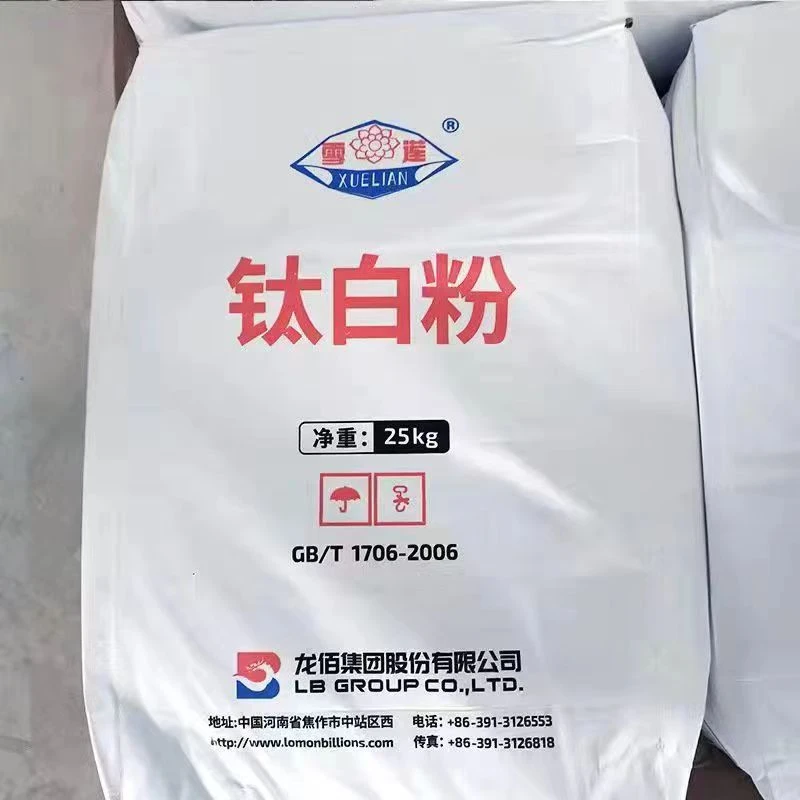
8 月 . 14, 2024 10:33 Back to list
Anatase Titanium Dioxide Production Facility for High-Quality Industrial Applications and Innovative Solutions
An Overview of Anatase TiO2 Factories Production, Applications, and Environmental Impact
Titanium dioxide (TiO2) is one of the most widely used compounds in various industries due to its unique properties, particularly its high refractive index and excellent UV resistance. It primarily exists in three different crystal forms rutile, brookite, and anatase, with anatase TiO2 being the focus of this article. Anatase TiO2 is recognized for its high photocatalytic activities, making it invaluable in a variety of applications ranging from pigments and sunscreens to environmental remediation.
Production of Anatase TiO2
Anatase TiO2 is typically produced through various industrial processes. The most common methods include the sulfate process and the chloride process. The sulfate process involves digesting ilmenite with sulfuric acid, leading to the formation of titanium sulfate, which is then hydrolyzed to form TiO2. This method results in the production of both rutile and anatase forms, where separation is carried out based on crystallization temperatures and acidity levels.
The chloride process, on the other hand, utilizes titanium tetrachloride (TiCl4), a byproduct derived from the chlorine treatment of rutile or ilmenite ores. This method is more efficient for producing high-purity anatase TiO2 and is favored in industries that require superior quality. Here, sulfuric acid treatment is avoided, thereby lessening environmental concerns associated with sulfate byproducts.
Applications of Anatase TiO2
Anatase TiO2 has seen a significant rise in demand due to its diverse applications. In the pigment industry, it is used to produce vibrant white pigments that offer excellent opacity and brightness, making it a choice for paints, coatings, and plastics. The photocatalytic properties of anatase make it ideal for use in self-cleaning materials and air and water purification systems, as it can break down organic substances and pollutants upon exposure to ultraviolet light.
anatase tio2 factory

Additionally, anatase TiO2 is widely used in the cosmetics industry, particularly in sunscreens, due to its ability to scatter UV light, thereby protecting the skin from harmful rays. The semiconductor properties of anatase also position it as a vital element in the production of solar cells, where it contributes to enhanced energy conversion efficiencies.
Environmental Impact and Sustainability
Despite its beneficial applications, the production and use of anatase TiO2 come with environmental considerations. The manufacturing processes, especially the sulfate method, can generate waste products that may harm local ecosystems if not properly managed. It is crucial for factories to adopt sustainable practices, such as recycling waste materials and minimizing water and energy consumption, to reduce their ecological footprint.
Moreover, as awareness of environmental impact grows, there is an increasing push towards utilizing green chemistry principles in the synthesis of TiO2. This includes the exploration of alternative raw materials and methods that pose less environmental risk. Facilities are also investing in research and development to enhance the efficiency of the TiO2 production process, thus making it more sustainable.
Conclusion
Anatase TiO2 factories play a pivotal role in the production of this versatile compound, contributing significantly to various industries while also facing the challenge of environmental sustainability. With a growing focus on eco-friendly manufacturing practices, the future of anatase TiO2 holds promise not only for its applications but also for minimizing its environmental impact. As we continue to innovate in production techniques and explore new applications, the importance of maintaining a balance between industrial growth and environmental preservation remains paramount.
-
Lithopone for Plastic & TiO2 R-5568/SK-6658 Masterbatch Solutions
NewsMay.30,2025
-
China Leading Rutile TiO2 Manufacturer - R5566 & R996 Grades Available
NewsMay.30,2025
-
High-Purity Anatase & Rutile TiO2 Powder Trusted Manufacturer
NewsMay.30,2025
-
High-Purity Anatase Products Trusted Supplier & Manufacturer
NewsMay.29,2025
-
Best Price Eco-Friendly Rutile TiO2 Supplier & Wholesale Factory
NewsMay.29,2025
-
Chinese Anatase Titanium Dioxide for Ceramic Glaze Reliable Supplier
NewsMay.29,2025
